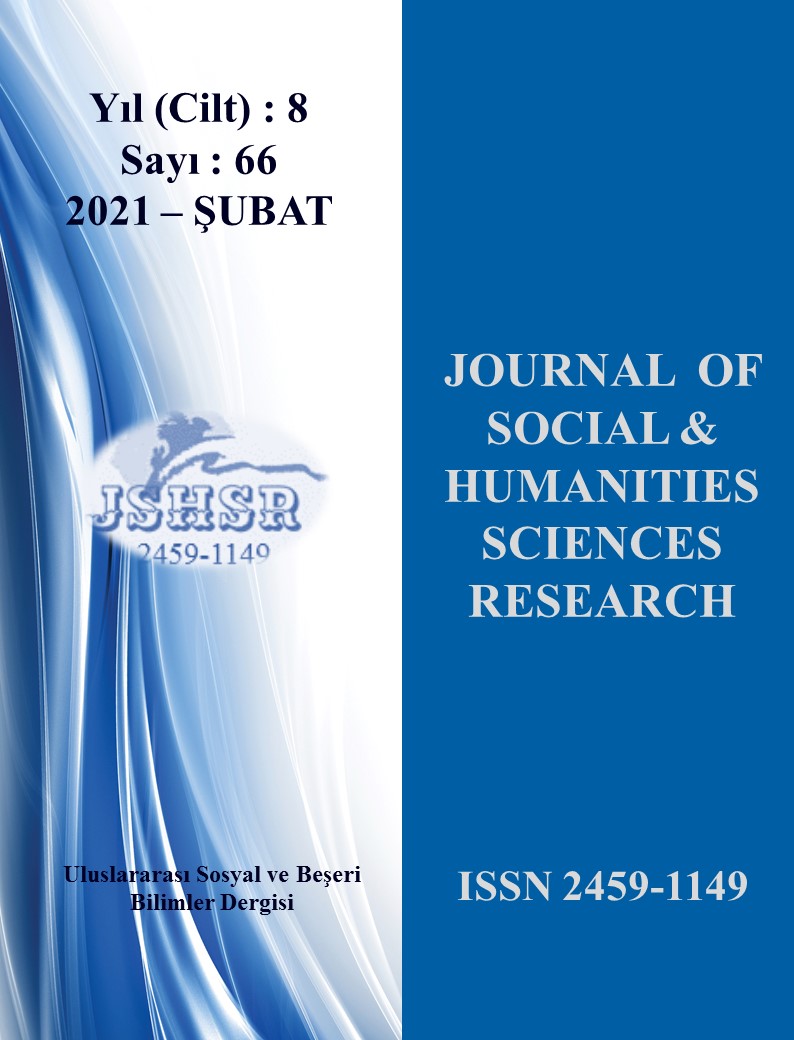GOTHIC IMAGES IN ELİF KARAKAŞ’S WORK LANETLİ GENLER (THE CURSED GENES, 1995)
DOI:
https://doi.org/10.26450/jshsr.2297Anahtar Kelimeler:
Gothic fiction, Elif Karakaş, gothic elements, horror, murder, curseÖzet
Before gothic first emerged as an important fiction genre in literature in the eighteenth century, it was predominantly used in architecture in the Medieval Period, and in fine arts in the following centuries. Horace Walpole’s The Castle of Otranto (1764) is considered as the earliest gothic fiction example in English Literature. Hüseyin Rahmi Gürpınar is considered as one of the pioneers of gothic fiction in Turkish Literature. Ali Rıza Seyfi Bey is another remarkable Turkish novelist who used gothic elements in his work Drakula İstanbul’da (Dracula in Istanbul, 1930). The influence of gothic fiction and its elements cannot be adequately felt in the twentieth and twenty-first-century Turkish Literature. When the gothic genre is mentioned, primarily the literary works produced in Western literature comes to mind. In this context, Lanetli Genler (Cursed Genes, 1995) written by Elif Karakaş in 1995 appears as a significant novel with gothic elements in Turkish Literature in the twentieth century. In this study, after giving some brief information about the definition of gothic as a term and its emergence in some visual arts, some brief information about the emergence of gothic fiction in English Literature and the influence of gothic fiction in Turkish Literature will be given. The main aim of this study is to focus on the effects of gothic fiction in Elif Karataş’s novel Lanetli Genler, after briefly mentioning the early influences of gothic images in Turkish literature. Lanetli Genler will be studied with the reader response method, and in this work, some gothic images, such as loneliness, colours, pessimism, fear, identity conflict, pain, gloomy settings, revenge, curse, murder and some supernatural characters, such as vampire, ghosts and ghoul will be examined.
İndir
Yayınlanmış
Nasıl Atıf Yapılır
Sayı
Bölüm
Lisans
Telif Hakkı (c) 2021 International JOURNAL OF SOCIAL HUMANITIES SCIENCES RESEARCH

Bu çalışma Creative Commons Attribution 4.0 International License ile lisanslanmıştır.


